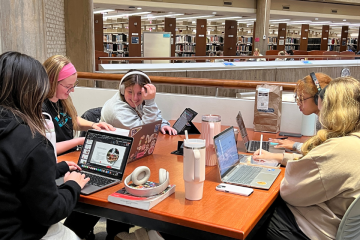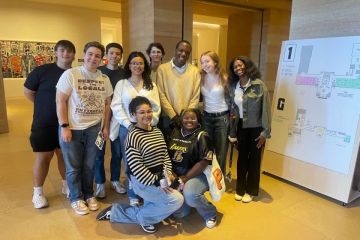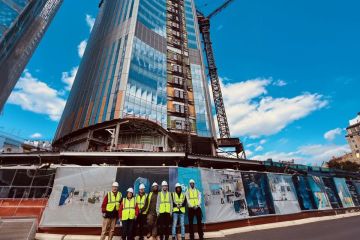Soaring to Success: Student Project Develops Latest in Autonomous Drone Technology
Student projects at Widener often push the boundaries of innovation, but one robotics engineering project rose above the rest and addressed a major problem in the drone industry- the need for devices to stop for a battery recharge.
This widespread issue requires drones to return to their charging stations, which limits the distance and flight time of a drone and makes human supervision necessary at all times. One group of students explored the challenge and built a solution.
“When we were researching, we found that none of the drones have a flight time of larger than 60 minutes,” said Dimple Gandevia ’23 ’24, a student on the project.
Led by Assistant Professor Daniel Roozbahani, Gandevia along with Ethan Matlack ’23, Chase Crane ’23, Brian Chung ’23, and Nicholas Olson ’23 developed new technology allowing for autonomous landing and charging at designated charging stations. This eliminates the need for human operators and allows for longer flight times.
“This project started with mechanical design and an understanding of ‘how do we assemble a drone that meets all of the points that we’re trying to accomplish?’,” said Matlack, who served as team lead for the project. “We brought our drone outside to do flight tests, integrated more sensors as we went along, and improved the mechanical structure as we learned through our flight tests -- and some crashes!”
Building a drone and developing new technology is no small feat. While the students involved received their degrees in robotics engineering, the project encompassed many other skill areas including electrical and mechanical engineering, manufacturing, software programming, and 3D printing.
Ultimately, the team successfully developed a drone capable of fully autonomous flying and charging on a specially designed charging station. The team hopes that future student project teams can continue to build on this technology, and that industries such as agriculture, military, ocean research, and more can adopt it for their use.



